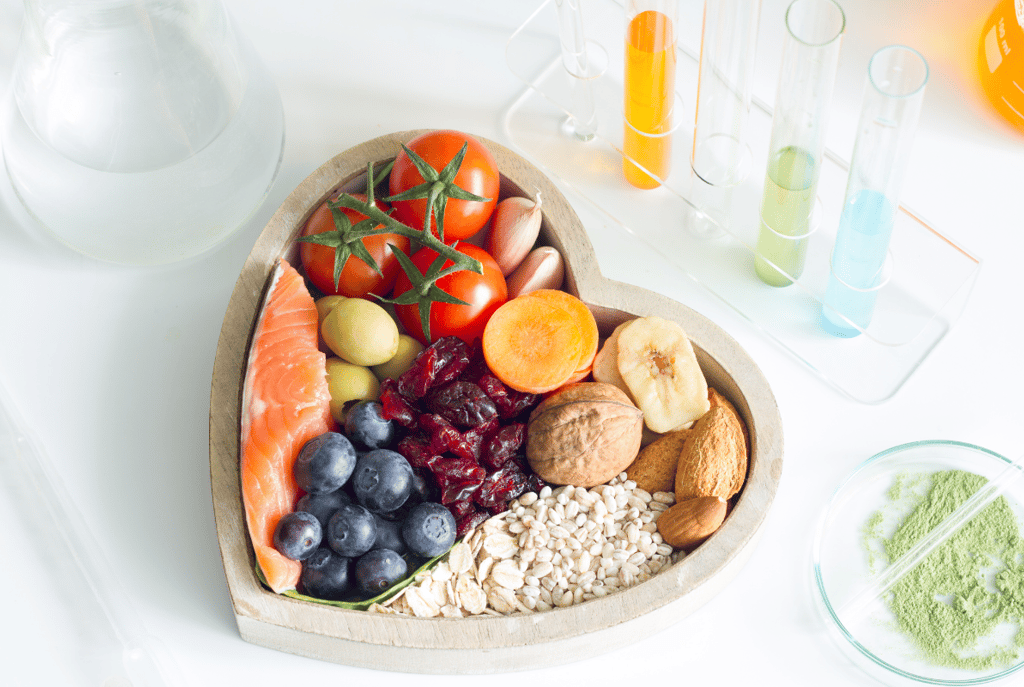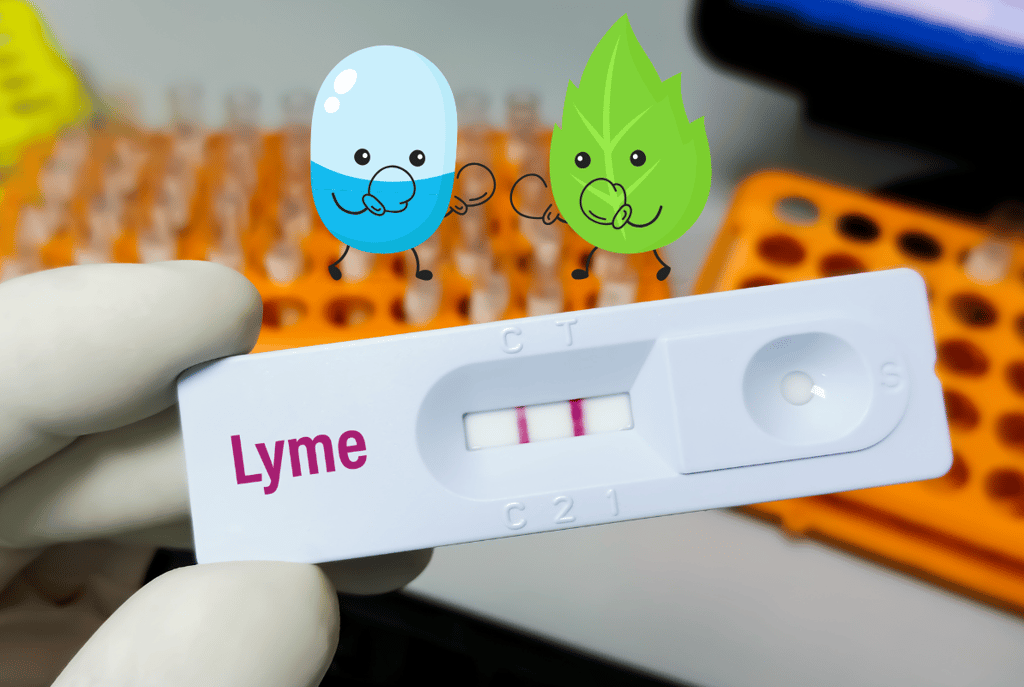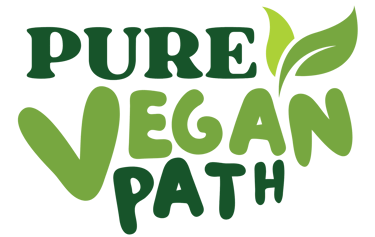Lyme: How the Vegan Diet Can Help You Get Over This Disease More Easily
Explore Lyme disease: causes, symptoms, and treatments explained. Learn how lifestyle changes and medical care can help manage this chronic condition.
11/15/20246 min read
What Is Lyme Disease?
Lyme disease is a bacterial infection caused by Borrelia burgdorferi and transmitted to humans through the bite of infected ticks. This disease is often challenging to diagnose, as its symptoms can mimic other conditions. If left untreated, Lyme disease can cause severe health problems, including joint pain, neurological issues, and heart complications.
How Was Lyme Disease Discovered?
Lyme disease was identified in the 1970s when a group of children in Lyme, Connecticut, began experiencing unusual arthritis-like symptoms. Scientists later discovered that a bacterium transmitted by ticks was the cause.
How Long Has Lyme Disease Existed?
Though officially identified in recent decades, research suggests Lyme disease has existed for thousands of years. Scientists have found evidence of Borrelia burgdorferi DNA in ancient human remains, indicating that this disease has a long history on Earth.
How Is Lyme Transmitted?
Lyme disease is primarily transmitted through the bite of black-legged ticks, also known as deer ticks. These ticks become carriers after feeding on infected animals, such as mice or deer.
Do Other Insects Transmit Lyme Disease?
While ticks are the primary vectors of Lyme disease, recent studies explore the possibility of other insects, such as mosquitoes and fleas, transmitting the disease. However, there is insufficient evidence to confirm that these insects play a significant role in spreading Lyme disease.
What Symptoms Does Lyme Disease Cause?
Lyme disease manifests in stages, with symptoms including:
Early symptoms: Fever, fatigue, headache, and a distinctive "bull's-eye" rash called erythema migrans.
Later symptoms: Joint pain, neurological issues like facial palsy, and heart palpitations.
Chronic symptoms: Persistent fatigue, muscle aches, and cognitive difficulties.
How Is Lyme Treated?
The primary treatment for Lyme disease is a course of antibiotics, typically doxycycline, amoxicillin, or cefuroxime. Early diagnosis and prompt treatment are crucial for preventing complications.
Can You Be Completely Cured of Lyme Disease?
While most people recover fully with proper treatment, some individuals may experience lingering symptoms known as Post-Treatment Lyme Disease Syndrome (PTLDS). A healthy lifestyle and supportive therapies can aid recovery.


Vegan Diet and Lyme Disease: How the Vegan Diet Can Help in the Fight Against Lyme
Why Choose a Vegan Diet for Lyme Recovery?
A vegan diet, rich in whole, plant-based foods, provides essential nutrients that support the body’s immune system and combat inflammation. These benefits are especially critical for Lyme disease recovery, where inflammation significantly affects symptoms.
Choose Clean Vegan Food, Not Processed
Processed vegan foods, such as mock meats and snacks, often lack the nutrients required for healing. Instead, focus on fresh, organic produce free from harmful additives and pesticides. Clean eating helps reduce the toxic burden on your body, allowing it to heal more efficiently.
The Power of Fresh Fruits and Vegetables
Eating a variety of fruits and vegetables supplies your body with antioxidants, vitamins, and minerals that combat oxidative stress caused by the infection. Prioritize leafy greens, cruciferous vegetables, berries, and citrus fruits for their immune-boosting properties.
Variety Is Key
Incorporating a rainbow of fruits and vegetables ensures you receive a broad spectrum of nutrients. Each color represents different phytochemicals beneficial for health:
Red (tomatoes, strawberries): Rich in lycopene and antioxidants.
Green (spinach, kale): Packed with chlorophyll and magnesium.
Orange (carrots, sweet potatoes): High in beta-carotene.
Stay Hydrated
Adequate hydration is vital for flushing toxins from your body. Drink plenty of water and include hydrating foods like cucumbers, watermelon, and oranges.
The Role of Movement in Healing
Regular physical activity aids in improving circulation and reducing inflammation. Walking, cycling, and light exercise are excellent choices. For a more holistic approach, practices like yoga combine gentle movement with stress reduction, benefiting both the body and mind.
Essential Supplements: Vitamin D3 and B12
Vitamin D3: Boosts the immune system and supports bone health. Sun exposure is ideal, but supplements may be necessary for those in low-sunlight regions.
Vitamin B12: Critical for nerve function and energy production, particularly important for vegans.
Eliminate Sugar to Fight Borrelia
Sugar acts as fuel for the Borrelia bacteria, exacerbating symptoms. Avoid refined sugars, sodas, and sugary snacks. Instead, opt for natural sweeteners like stevia or fruits in moderation.
Ditch Gluten to Reduce Inflammation
For some, gluten can aggravate inflammation, hindering recovery. Replace wheat-based products with gluten-free options such as quinoa, corn, millet, and amaranth. These grains are nutrient-dense and easy to digest.
Herbal Teas for Immunity
Green tea: Rich in antioxidants, supports detoxification.
Rooibos tea: Anti-inflammatory properties, and promotes relaxation.
Chamomile tea: Soothes the digestive system and reduces stress.
The Importance of Probiotics
Probiotics are essential for restoring gut health, especially after antibiotic treatment. A healthy gut microbiome supports immunity and mood regulation. Include fermented foods like sauerkraut, kimchi, and vegan yogurt, or take a high-quality probiotic supplement.


My Journey with Lyme Disease
In 2021, my life changed unexpectedly when I was diagnosed with Lyme disease. The news came as a shock and was hard to process. I couldn't pinpoint exactly how or when I contracted it—I don’t recall ever finding a tick on my body or experiencing a tick bite. However, I do remember an evening on a terrace when I was bitten multiple times, attributing it to mosquitoes. About two months later, the symptoms began to emerge.
The Diagnosis and Initial Treatments
After the diagnosis was confirmed, I was prescribed a 21-day treatment of doxycycline. While some symptoms eased in intensity, I still didn't feel like myself. A few months later, my doctor recommended ceftriaxone (Cefort) infusions for another 21 days. This period was, without a doubt, the most grueling experience of my life. The daily infusions were physically and emotionally exhausting. I lost around 10 kg during this time, which left me feeling weak and looking far from my usual self.
Though I eventually completed the treatment, I didn’t feel fully recovered. The symptoms persisted intermittently, returning every few months. A year after the infusions, I underwent another round of antibiotics. However, my doctor informed me that the standard protocol had been followed and that any lingering symptoms would likely remain permanent.
Refusing to Settle: A New Approach
The idea of living with chronic symptoms was unacceptable to me. I knew I needed to explore other paths to regain my health. At the time, I was already vegan, but my diet wasn’t as clean as it could be—I still consumed processed foods, sugar, and gluten. My search for answers led me to conclude that a cleaner, more natural diet could help.
I decided to eliminate sugar and gluten from my meals. The changes I experienced were almost immediate. Within days, my joint pains subsided significantly, my energy levels increased, and the dizziness I had been dealing with became less frequent.
Building a Healthier Lifestyle
Two years have passed since I gave up sugar and gluten, and it remains one of the best decisions I’ve ever made for my health. I’ve also incorporated the following practices into my lifestyle:
Balanced Nutrition: My meals now include a diverse array of vegetables, fruits, salads, legumes, nuts, and seeds.
Supplementation: I take natural supplements, including vitamin D3, B-complex vitamins, and other essential minerals, to support my body.
Regular Exercise: I walk approximately 8 kilometers daily and practice yoga when possible, aiming to make it a consistent habit.
Mind-Body Practices: Meditation, reading, and spending time with friends and family (in person) have become integral to maintaining my mental health.
Hydration: I drink at least one herbal tea daily for relaxation and immune support.
Quality Sleep: Ensuring I get enough restful sleep has been a cornerstone of my recovery. A well-rested body is essential for healing and maintaining energy throughout the day.
The Road to Recovery
Today, I feel 95% recovered. While I still experience minor symptoms occasionally, I am optimistic that with time, they will fade completely. My experience has taught me the importance of listening to my body, making informed lifestyle changes, and never losing hope.
This is my journey with Lyme disease, and while it has been challenging, it has also been transformative. I hope my story inspires others facing similar struggles. Remember, before making any changes to your lifestyle, consult with a healthcare professional to ensure your approach is tailored to your specific needs.
With love,
Florin


Pure Vegan Path
Explore plant-based living and delicious recipes.
Contact
Newsletter
info@pureveganpath.com
123-456-7890
© 2024. All rights reserved.
